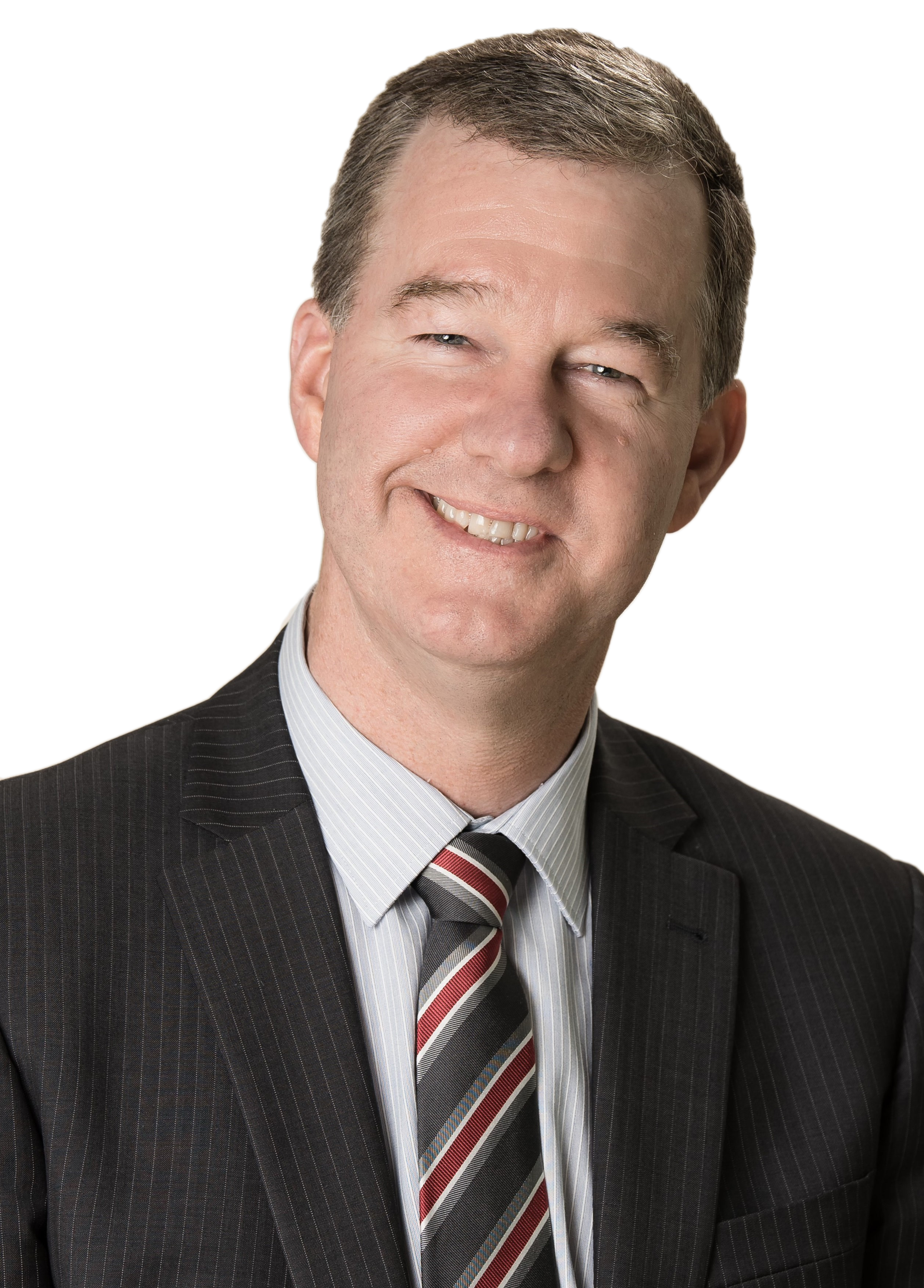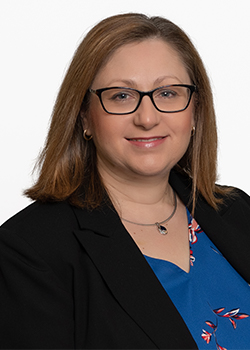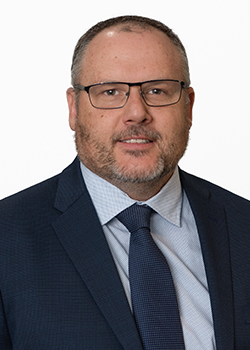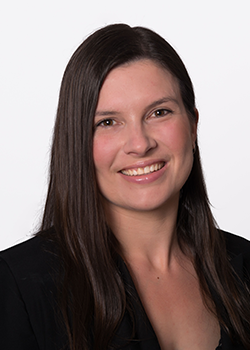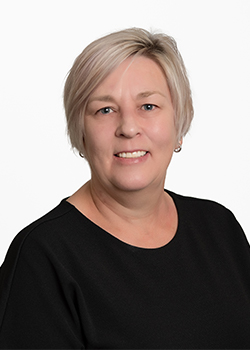Understanding the coming super balance cap changes

A major change to the superannuation system came into effect in mid-2017 with the introduction of a lifetime limit on how much super can be transferred into pension accounts earning tax-free income.
The limit on what's known as the transfer balance cap, covering most pensions and annuities, was initially set at $1.6 million. But the legislation always allowed for that limit to be lifted gradually over time based on increases in inflation.
On 1 July the transfer balance cap will be lifted for the first time since it came into effect to $1.7 million following the release of Consumer Price Index (inflation) readings from the December quarter.
However, while the $100,000 increase in the limit may sound straightforward, how it will actually apply to the financial affairs of many retirees is quite complicated.
Because, rather than having a single, standardised super balance cap that applies to everyone, many retirees will end up having their own personal balance cap limit that will range somewhere between $1.6 million and $1.7 million.
It all comes down to when you have started drawing a pension income stream.
If you only start drawing a retirement phase income stream on or after 1 July 2021, your personal transfer balance cap will be automatically set at $1.7 million.
However, if you've already been drawing a retirement income stream your balance cap could be up to $100,000 lower than this.
Your transfer balance cap will remain at $1.6 million if, at any time between 1 July 2017 and 30 June 2021, the balance of your account was $1.6 million or more.
On the other hand, if you've never used the full amount of the $1.6 million transfer balance cap, your personal transfer balance cap will be higher.
It will be proportionally indexed based on the highest ever balance you've had in your transfer balance account and will fall somewhere between $1.6 and $1.7 million.
Doing the calculations
If you've already been drawing a retirement income stream and want to work out your current transfer balance cap, you can do so by logging on to the Australian Tax Office's online portal after 1 July.
The portal will show what your highest account balance has been, which is important to know if you've never reached the initial maximum transfer balance cap level of $1.6 million.
To calculate your unused percentage of the $1.6 million balance cap you'll need to divide the highest ever balance you've had in your transfer balance account by your transfer balance cap limit on the first day you had that balance (prior to 1 July 2021 this will be $1.6 million for everyone).
Then you'll need to express that as a percentage, rounded down to the nearest whole number.
Miscalculating your balance cap could result in you being liable for excess transfers into your account. If you're a trustee operating a self-managed superannuation fund account and doing your own balance cap calculations, you should be extra careful.
The ATO's website provides more detailed information on the proportional indexation of transfer balance caps.
The regulator also details how the new limits will apply to capped defined benefit income streams, non-concessional contributions, co-contributions, and to child death benefit income streams.
ATO case studies
There are a number of case studies on the ATO's website page that are helpful to help calculate indexation of the general transfer balance cap.
There's also a detailed table showing individual transfer balance cap ranges based on previous highest transfer balances, although to work out your own specific balance cap you'll need to use the calculation method outlined above.
For some context, here are two of the case studies on the ATO website.
The first example is "Leanne", who started an $800,000 retirement phase income stream on 1 October 2017.
On 13 May 2019, she commuted $200,000 from her pension. Leanne's transfer balance account was debited by $200,000.
Although the balance of her transfer balance account when indexation occurs is $600,000, the highest ever balance of her transfer balance account is $800,000. Leanne's unused cap percentage is therefore 50 per cent of $1.6 million.
Leanne's personal transfer balance cap will be indexed by 50 per cent of the $100,000 rise in the transfer balance cap. Her personal transfer balance cap after indexation on 1 July 2021 will be $1.65 million.
Another example used is "Matthew", who started a pension in his SMSF valued at $1.6 million on 1 July 2017. Since then, he has been taking all payments from his pension in excess of the minimum pension payments as lump sum commutations.
Just before indexation the balance of his transfer balance account is $1.2 million.
In this situation, Matthew won't be entitled to proportional indexation of his personal transfer balance cap. He'll have cap space available to start a new retirement phase income stream to the value of $400,000.
Consult a financial adviser
The transfer balance cap indexation change won't be an issue for those starting a retirement stream after 1 July, because all new retirees from that date will have a starting balance of $1.7 million. In effect, it will be a level playing field.
But the change to transfer balance cap will potentially make things more complex for many people already drawing a retirement income stream.
That's because just about everyone will end up with a totally different, personalised balance cap.
While this may not be an issue for people who are never likely to reach the maximum cap level, the varied cap limits may be problematic for others.
Given the complexities around the new cap limits and calculations, consulting a financial adviser may be a very prudent step.
By Tony Kaye
Senior Personal Finance Writer, Vanguard Australia
16 Mar, 2021

